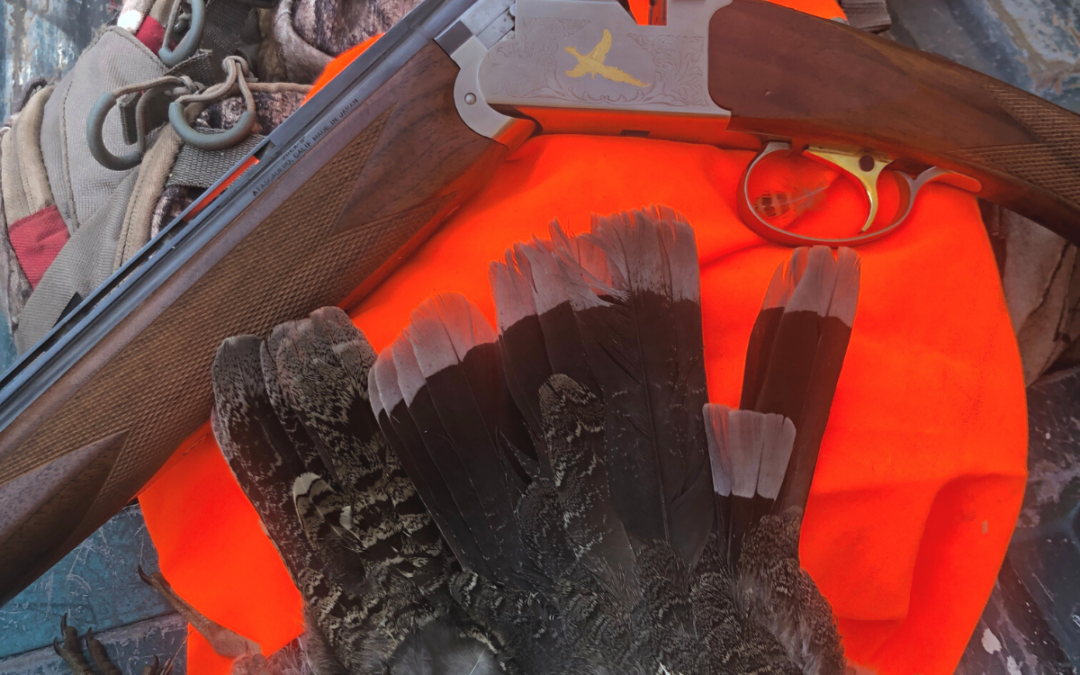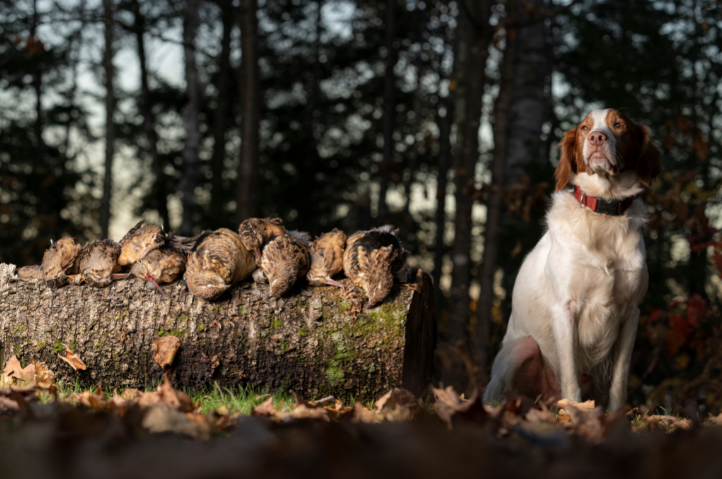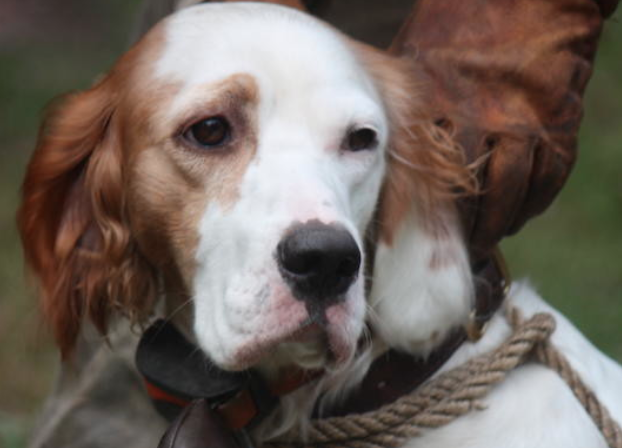Dusky grouse have a curious way of making a living. They migrate come winter, but not the direction we might think.
There is a bird migration underway right now, but it is not what you may think. It’s late August. National Shooting Sports month is coming to a close. And I am thinking about my shotguns and shot patterns, bird dogs and coming bird seasons. I throw a few clays at a shooting range near my home, hoping to restore “muscle memory” in case that is a real thing. My daughter who studies kinesiology says it is bogus— muscles cannot remember squat. But I remember missing more than a few birds on a chaotic flush, and practice does lead one toward perfection.
Dusky grouse are native to the mountains of the western United States and Canadian provinces, from the Yukon to the Arizona-New Mexico border. They have a curious way of making a living. They migrate as winter approaches. But not to the south. They move uphill — up steep mountain slopes where it is colder, snowier, windier and more inhospitable — where for humankind living out a winter at timberline would be undesirable if not nearly impossible. It is counter-intuitive and on the face of it, a bit baffling that a big bird behaves in such a manner.
With the use of Wildlife Restoration funds (Pittman-Robertson), Colorado Parks and Wildlife researched dusky grouse diet and habitat use and revealed that come winter, the bird lives in a virtual grocery store. They take up residence in dense stands of spruces and firs and pines and tend to move very little until springtime. Thick foliage cuts the otherwise biting wind. It is like sitting on a couch next to the fridge for a month of Sundays. It is there that the blueish-colored two-pound birds ride out the winter eating nothing but conifer needles. They have the ability to digest terpenes prevalent in conifers that other animals find unpalatable. Moving up mountainsides in August is as natural and predictable as the moon’s pull on the seas.
The New Mexico Department of Game and Fish perfected a practical method of catching, transporting and releasing dusky grouse, to restore the bird in its natural range through Wildlife Restoration funds. The Oregon Department of Fish and Wildlife researched annual grouse survey methods most useful to measure population trends for dusky and ruffed grouse. Hunter-harvested grouse wings and tails proved best, underscoring the need for hunter cooperation in wildlife management.
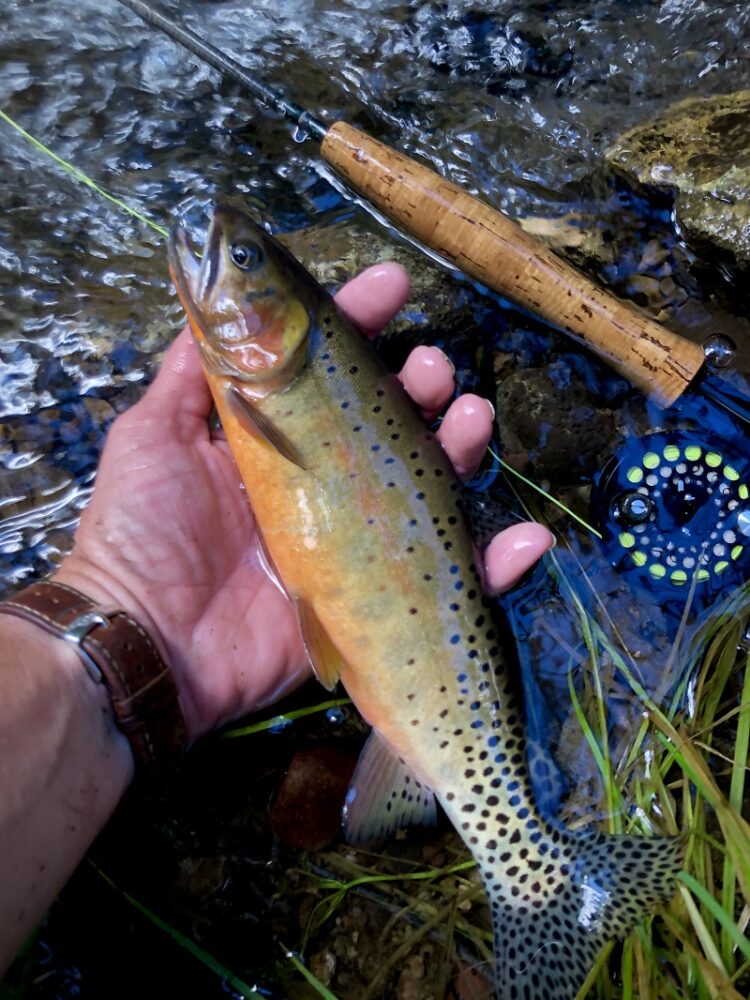
Rio Grande cutthroat trout share high elevation habitats with dusky grouse. Photo courtesy Craig Springer
These works of science and practical wildlife management are possible from excise taxes paid by manufacturers of archery gear, ammunition and firearms.
As August peels off the calendar, I’m thinking about the few more trips I can get in to catch Rio Grande cutthroats in potbelly pools shrouded by alders and currant bushes in the high country shared by dusky grouse, that is before the nights turn gelid and the cutthroat trout slow their feeding. Ice will soon enough cloak their headwater streams. Shrinking daylight and diminishing temperatures cue birds that it is time move on, or in the case of the chicken-like dusky grouse — time to move up.
The upland game bird proclamation on my desk reminds me what is going on right now, and what is to come. A photo of a cock bird in full courtship display, tail fanned and eye combs lit a shade of neon yellow adorns the proclamation’s cover — a publication also funded by Wildlife Restoration dollars. In the coming weeks migrating dusky grouse will intersect with bird hunters wearing off boot sole and quartering dogs to whom the world is a smell. With good “muscle memory” following the lumbering flutter of wings, there will be light, flaky, organic dusky grouse on the table.
To learn more about the benefits of Wildlife Restoration funding, visit Partner with a Payer.
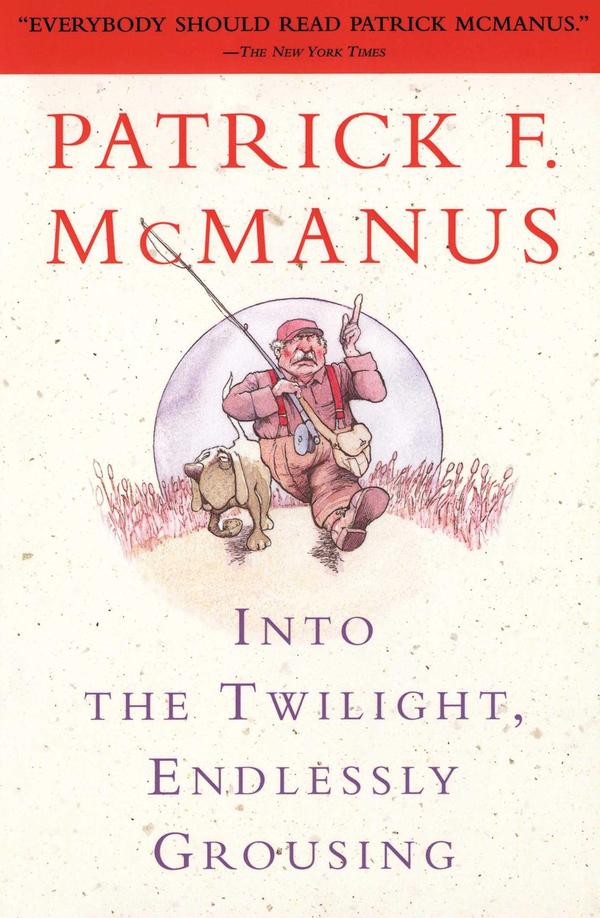 Patrick McManus believes that life’s eternal truths exist solely for the purpose of being overturned and proved incorrect. In McManus’s world, nothing is what it should be. All steaks should be chicken-fried, strong coffee is drunk by the light of a campfire, and fishing trips consist of men acting like boys and boys behaving like the small animals we’ve always assumed they were.
Patrick McManus believes that life’s eternal truths exist solely for the purpose of being overturned and proved incorrect. In McManus’s world, nothing is what it should be. All steaks should be chicken-fried, strong coffee is drunk by the light of a campfire, and fishing trips consist of men acting like boys and boys behaving like the small animals we’ve always assumed they were.
Into the Twilight, Endlessly Grousing is a hilarious collection from one of the greatest contemporary humorists: Dave Barry or Garrison Keillor with a twist of Mark Twain. In these adventures, Patrick McManus offers wry observations about small-town life and curmudgeonly insists on bigger and bigger fish stories. Shop Now

